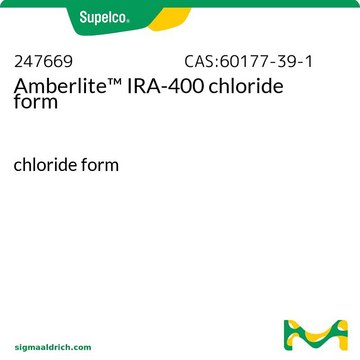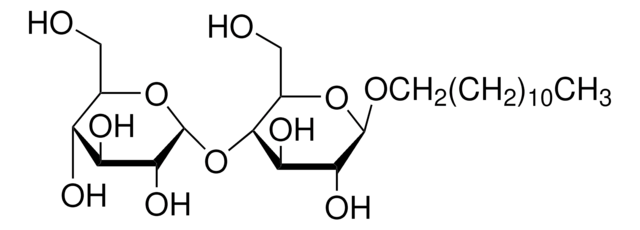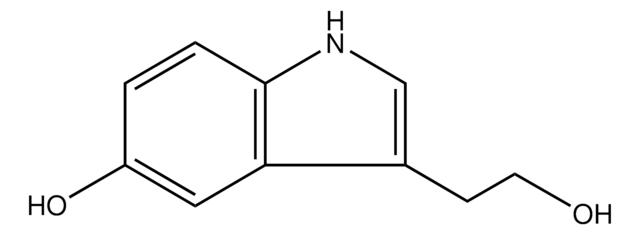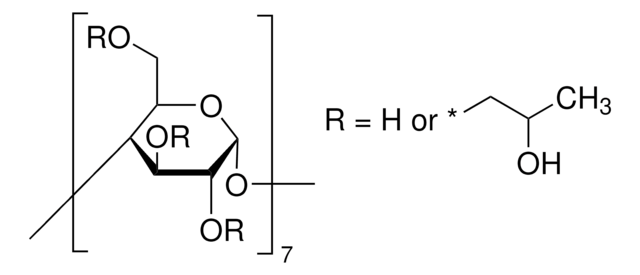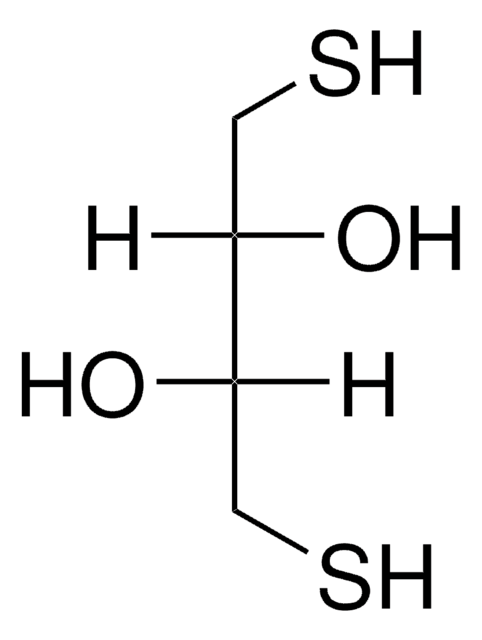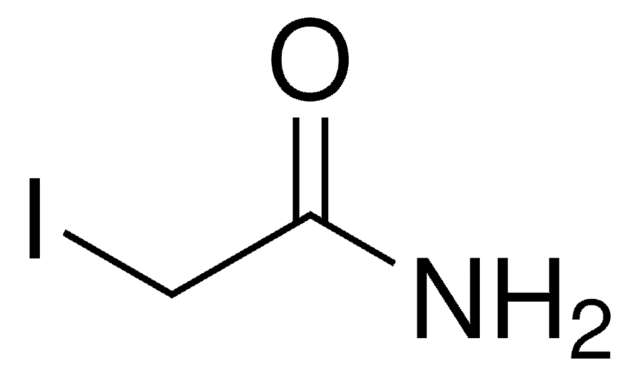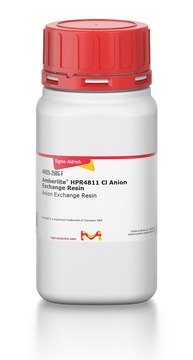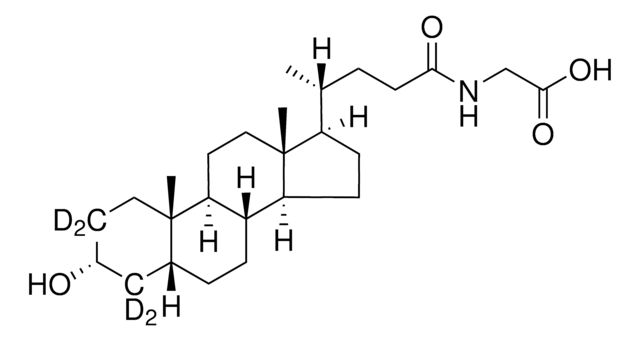推荐产品
生化/生理作用
AGX51 is an antagonist that blocks transcriptional regulators ID1-4 from binding basic helix-loop-helix (bHLH) transcription factor E47, causing ubiquitin-mediated degradation of IDs (10-40 μM for 2-48h; HCT116). AGX51 reduces cell viability, G0/G1 growth arrest, and a reduction in cyclin D1 levels in cultures (5-40 μM for 4-24h; HUVEC and HCT116) and suppresses ocular neovascularization in mouse models of age-related macular degeneration (AMD) and retinopathy of prematurity (ROP) in vivo (500 μg/mouse via twice daily i.p. or 1-30 μg/eye via intravitreal injection immediately and 7 days after rupture of Bruch’s membrane).
Antagonist that blocks transcriptional regulators ID1-4 from binding basic helix-loop-helix (bHLH) transcription factor E47, causing ubiquitin-mediated ID degradation.
储存分类代码
11 - Combustible Solids
WGK
WGK 3
闪点(°F)
Not applicable
闪点(°C)
Not applicable
法规信息
新产品
历史批次信息供参考:
分析证书(COA)
Lot/Batch Number
NFkB-signaling promotes glial reactivity and suppresses Muller glia-mediated neuron regeneration in the mammalian retina
Glia, 70(7), 1380-1401 (2022)
Paulina M Wojnarowicz et al.
NPJ breast cancer, 7(1), 58-58 (2021-05-26)
ID proteins are helix-loop-helix (HLH) transcriptional regulators frequently overexpressed in cancer. ID proteins inhibit basic-HLH transcription factors often blocking differentiation and sustaining proliferation. A small-molecule, AGX51, targets ID proteins for degradation and impairs ocular neovascularization in mouse models. Here we
Paulina M Wojnarowicz et al.
Cell reports, 29(1), 62-75 (2019-10-03)
Id helix-loop-helix (HLH) proteins (Id1-4) bind E protein bHLH transcription factors, preventing them from forming active transcription complexes that drive changes in cell states. Id proteins are primarily expressed during development to inhibit differentiation, but they become re-expressed in adult
我们的科学家团队拥有各种研究领域经验,包括生命科学、材料科学、化学合成、色谱、分析及许多其他领域.
联系技术服务部门